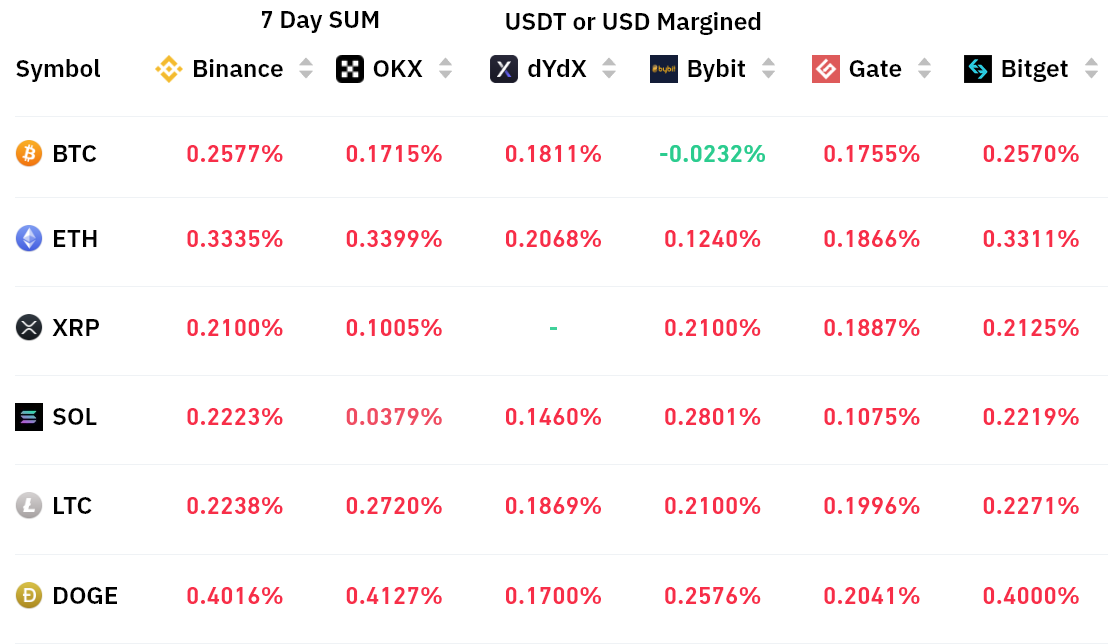Bitcoin pro traders warm up the $24K level, suggesting that the current BTC rally has legs


The Fed’s interest hike matched the market consensus and weak employment data boosted investors’ appetite for risk assets, but BTC traders should still exercise caution.
On Feb. 1 and Feb 2. Bitcoin’s (BTC) price surpassed even the most bullish price projections after the U.S. Federal Reserve announced plans to raise interest rates by 25 basis points.
Even though Fed chair Jerome Powell told investors not to wait for interest rate cuts in 2023, during his press conference he did clearly state that the employment data is currently the main focus.
The results of the ADP payroll survey revealed on Feb. 1 that U.S. private-sector hiring was significantly slower in January. ADP’s measure of private sector payrolls was 106,000, well below the 160,000 market consensus. This data fueled investors’ expectations of future interest rate hikes by the Fed going forward.
After testing the $22,500 support on Feb. 1, Bitcoin gained 6.5% in five hours and has since been flirting with the $24,000 level. While the recent gains are exciting, traders should note that the improvement in crypto market sentiment tracked the risk-on attitude seen in traditional markets.
Stocks with negative operating margin presented significant gains on Feb. 2, including Coinbase (COIN) 20%, Cloudflare (NET) 15%, Unity Software (U) 12% and DoorDash (DASH) 10%. That factor alone should be a warning sign that the gains of the last few weeks might not be sustainable. It’s also important to remember that Bitcoin’s 40-day correlation to the S&P 500 remains above 75%.
Potential regulatory headwinds could also have played a vital role in supporting Bitcoin’s upside. Huang Yiping, a former member of the Monetary Policy Committee at the People’s Bank of China, recently argued that a permanent ban on crypto could result in many missed opportunities.
Huang, now an economics professor at Peking University’s National School of Development, criticized Bitcoin for lacking intrinsic value, but noted that crypto-related technologies are “very valuable” to regulated financial systems.
Let’s look at derivatives metrics to understand whether professional traders added leverage positions after Bitcoin’s recent price breakout.
Bitcoin margin traders warm up to the $22,500 support
Margin markets provide insight into how professional traders are positioned because it allows investors to borrow cryptocurrency to leverage their positions.
For example, one can increase exposure by borrowing stablecoins to buy Bitcoin. On the other hand, Bitcoin borrowers can only short the cryptocurrency as they bet on its price declining. Unlike futures contracts, the balance between margin longs and shorts isn’t always matched.


The above chart shows that OKX traders’ margin lending ratio drastically increased on Jan. 30, signaling that professional traders added leverage long after Bitcoin successfully bounced after testing the $22,500 support.
More importantly, Jan. 29 marked the indicator’s lowest level in more than eleven weeks at 13 favoring stablecoin borrowing by a wide margin — indicating that shorts are not confident about building bearish leveraged positions. At 24 at the time of writing, it is clearly evident that bulls are becoming more comfortable with the current $22,500 support.
Related: Community mocks Charlie Munger for his obsession with China’s Bitcoin ban
Options traders flirt with an optimistic bias
Traders should also analyze options markets to understand whether the recent rally has caused investors to become more risk-averse. The 25% delta skew is a telling sign whenever arbitrage desks and market makers are overcharging for upside or downside protection.
The indicator compares similar call (buy) and put (sell) options and will turn positive when fear is prevalent because the protective put options premium is higher than risk call options.
In short, the skew metric will move above 10% if traders fear a Bitcoin price crash. On the other hand, generalized excitement reflects a negative 10% skew.


The 25% delta skew has been relatively calm near negative 5, indicating similar odds for downside and upside from options traders. On the bright side, not even the $22,500 retest on Jan. 31 was enough to break the bulls’ spirit. Combined with the lack of demand from margin traders willing to short Bitcoin, the derivatives markets paint a bullish picture.
Even if it takes a little longer (perhaps a couple of days) to break above $24,000, there are no signs of stress coming from the Bitcoin margin and options markets. However, traditional markets continue to play a vital role in setting the trend, so Bitcoin investors should not become overconfident.
The views, thoughts and opinions expressed here are the authors’ alone and do not necessarily reflect or represent the views and opinions of Cointelegraph.
This article does not contain investment advice or recommendations. Every investment and trading move involves risk, and readers should conduct their own research when making a decision.




































